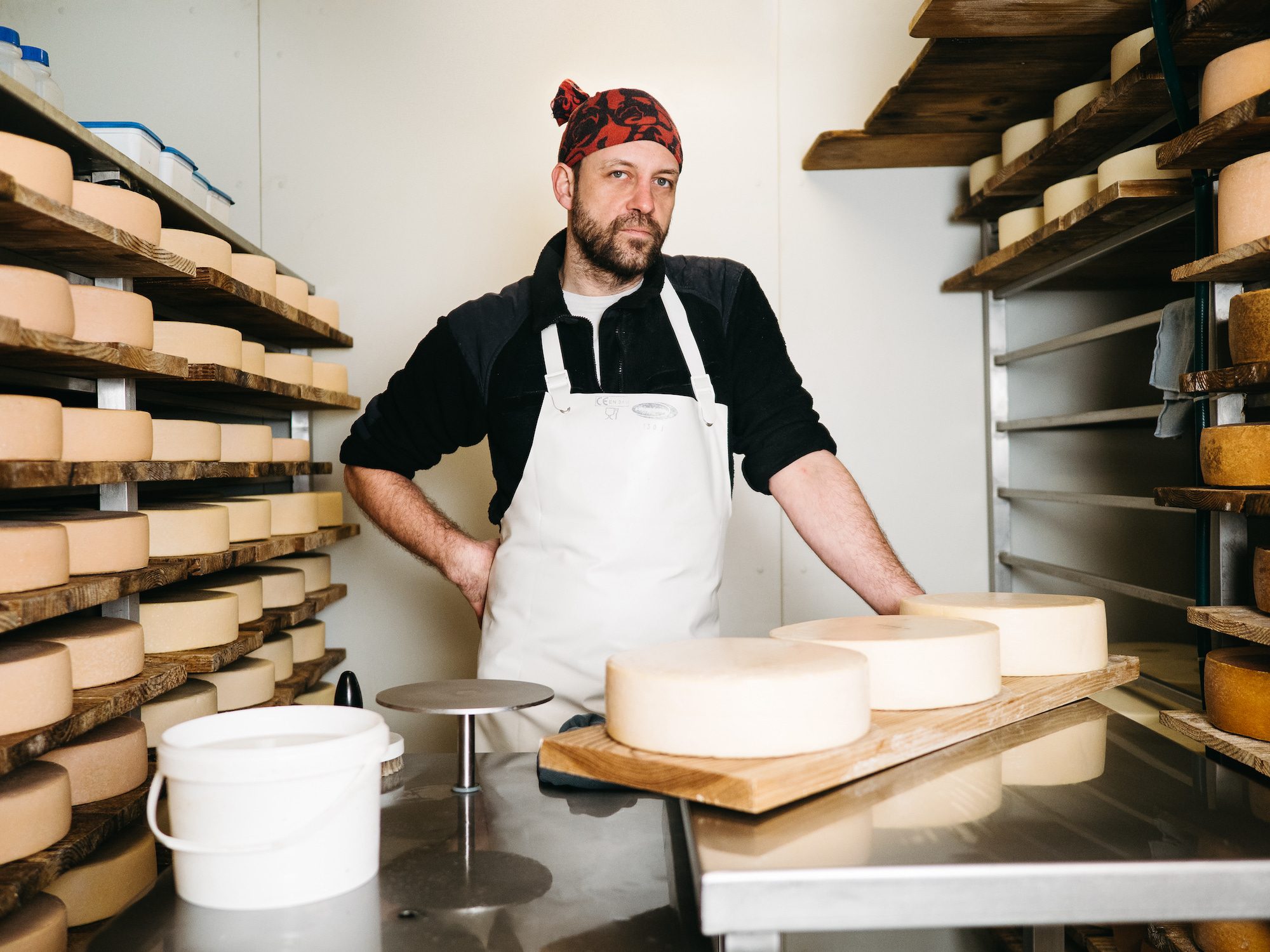From Thomastown to Your Table: The Excellence of Floridia Cheese Melbourne
From Thomastown to Your Table: The Excellence of Floridia Cheese Melbourne
Blog Article
Unlocking the Secrets of Artisanal Cheese Making: A Step-by-Step DIY Guide
In the realm of culinary craftsmanship, artisanal cheese making stands as a testament to the delicate equilibrium in between tradition and advancement. As we embark on this journey to debunk the art of producing elegant cheeses, we are encountered with a tapestry of skills and secrets waiting to be untangled.
Selecting the Right Milk
When embarking on the journey of artisanal cheese production, the choice of milk plays a critical function in identifying the high quality and qualities of the end product. The kind of milk selected influences the flavor, structure, and generally account of celebrity. Raw milk, directly from the pet, is favored by several artisanal cheesemakers as a result of its unique blend of enzymes, microorganisms, and taste compounds. Nonetheless, utilizing raw milk includes risks and policies, making sterilized milk a much safer choice for newbies.
Additionally, the resource of the milk, whether from cows, goats, sheep, or buffalo, adds distinct tastes and features to the cheese. Each kind of milk brings its own nuances, allowing for a vast array of cheese varieties to be crafted based on the selected milk.
Culturing and Coagulating
To initiate the cheese-making procedure, the important steps of culturing and coagulating have to be thoroughly performed to change milk right into curds and whey. Culturing involves introducing useful microorganisms to the milk, which after that starts the fermentation procedure. These germs convert lactose (milk sugar) into lactic acid, producing the acidic atmosphere required for coagulation. The kind of society used can significantly influence the flavor, texture, and ripening of the final cheese product.

The timing and temperature level control throughout culturing and coagulation are crucial aspects that affect the final outcome of celebrity. Appropriate implementation of these steps is vital to ensure the preferred texture, taste, and uniformity of the artisanal cheese being produced.
Draining Pipes and Pressing Curds
After the milk proteins have actually coagulated and the curds have been cut to release whey, the following crucial action in artisanal cheese making involves draining and pushing the curds to attain the preferred texture and uniformity of the last cheese product. Draining is the procedure of dividing the curds from the whey. This can be done by moving the curds into a cheesecloth-lined colander or mold and permitting useful reference the whey to drain pipes off naturally. The time for draining pipes can vary depending on the sort of cheese being made and the desired wetness material.
Pressing assists eliminate any type of remaining whey and compacts the curds to form a solid cheese wheel. Proper pressing and draining pipes are vital steps that significantly affect the top quality and attributes of the artisanal cheese being produced.
Aging and Flavoring Methods
Applying careful aging and flavor techniques is critical in enhancing the depth and intricacy of artisanal cheeses, raising their taste profiles to beautiful levels of refinement and sophistication. Aging plays a critical function in creating the unique tastes and structures that distinguish artisanal cheeses. During the aging process, cheeses are kept in thoroughly managed atmospheres where aspects such as air flow, moisture, and temperature are manipulated to urge the development of beneficial molds and bacteria. This regulated atmosphere enables the cheese to mature gradually, developing rich flavors and intricate fragrances.
Flavoring methods also contribute considerably to the last preference of artisanal cheeses. Cheesemakers may select to introduce added tastes by integrating ingredients such as natural herbs, seasonings, or even fruits right into celebrity throughout the manufacturing process. Furthermore, some cheeses are cleaned or rubbed with different liquids, find out such as salt water or alcohol, to enhance their textures and tastes.
Wrapping and Saving Cheeses

Conclusion
In verdict, understanding the art of artisanal cheese making involves thoroughly picking the ideal milk, adhering to exact culturing and coagulating processes, draining pipes and pressing curds properly, and making use of different aging and flavor strategies. Remember to wrap and save see here your cheeses appropriately to ensure optimum flavor and appearance development.
Each type of milk brings its own nuances, enabling for a vast range of cheese selections to be crafted based on the chosen milk.After the milk proteins have coagulated and the curds have been cut to release whey, the next vital action in artisanal cheese making entails draining pipes and pressing the curds to achieve the desired texture and consistency of the last cheese item. Most cheeses should be wrapped in wax paper or cheese paper to allow them to breathe while shielding them from drying out. For cheeses that require to proceed aging, such as bloomy peels or cleaned peels, guarantee they are saved in a trendy environment like a cheese cave or a refrigerator set to the appropriate temperature level. By paying focus to the wrapping and storage of artisanal cheeses, cheese manufacturers and fanatics can protect the stability of these delicacies and completely appreciate their intricate flavors.
Report this page